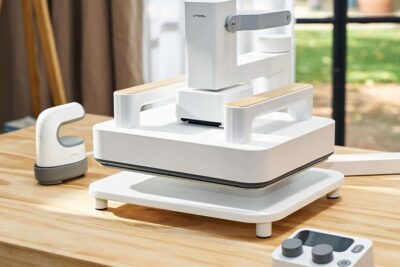
🧼 How to keep your transfer press in good condition
🧼 How to keep your transfer press in good condition

The maintenance of your transfer press is crucial, as it is an essential tool in any customisation workshop. It is used for applying DTF, heat transfer vinyl, sublimation, printing with transfer paper, curing DTG, and even for setting adhesives or treatments. If it fails, your production comes to a halt.
Proper maintenance will prevent downtime, costly repairs, and quality issues in your work. In this article, we explain how to care for your heat press so it continues to operate like new.
Why is the maintenance of your transfer press so important?
When working with textile customisation, a poorly calibrated heat press can ruin an entire order. A malfunctioning machine not only slows down your workflow but can also cause you to lose sales or damage your reputation.
✅ With regular maintenance:
- Avoid errors in temperature, pressure, and time
- Extend the lifespan of the machine
- Reduces costs on spare parts or repairs
- Ensure a high-quality final result
Get to know your transfer press well
The correct operation of any heat press depends on the balance between temperature, pressure, and time. Although manufacturers provide reference values for each technique or material, it is ideal to test and adjust according to how your machine responds.
💡 Each press is different: even two identical models may have slight variations. Therefore, it is important to understand your equipment and validate it with real tests before beginning production.
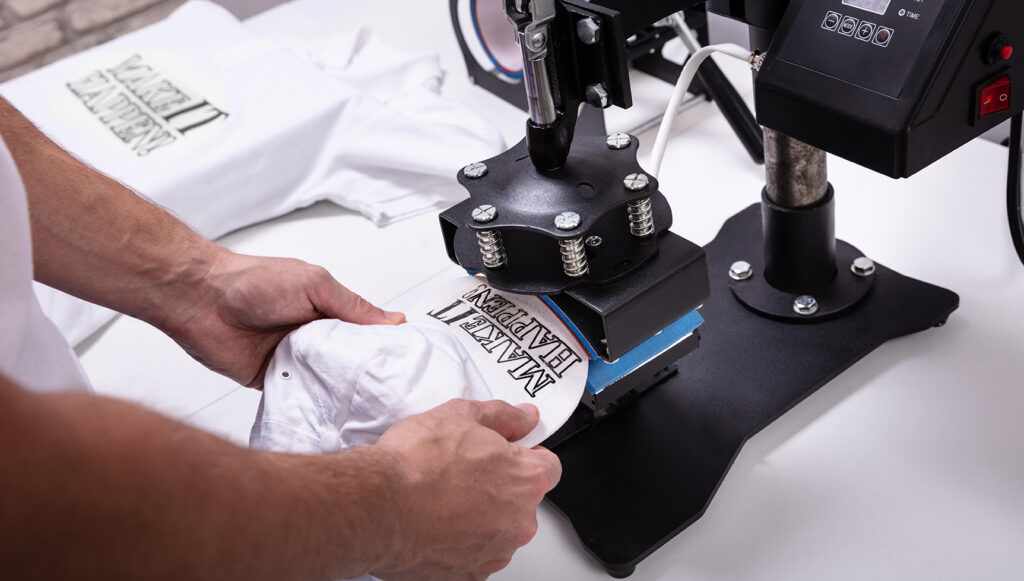
Is your iron working properly?
Even if you follow the recommended parameters, if the results are not as expected, the issue might be with the heat press. Here we explain how to check its three key variables:
Pressure
- On flat presses, insert a piece of paper in each corner of the base and close the machine. If any can be easily pulled out, the pressure is uneven and requires technical inspection.
- In mug presses, close the resistance and try to move the mug. If it shifts, the pressure is insufficient. In this video, we show you how to adjust the pressure correctly.
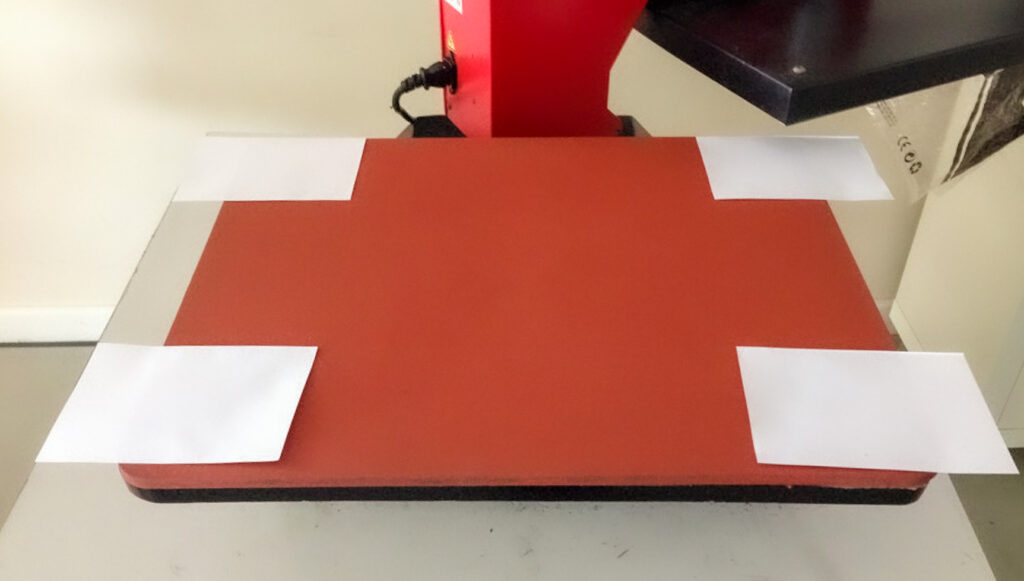
Temperature
Ensure you are working in the correct scale (°C or °F) and use a digital thermometer to verify if the upper plate truly reaches the set temperature.
⚠️ If the temperature does not rise, the heating element may be faulty.
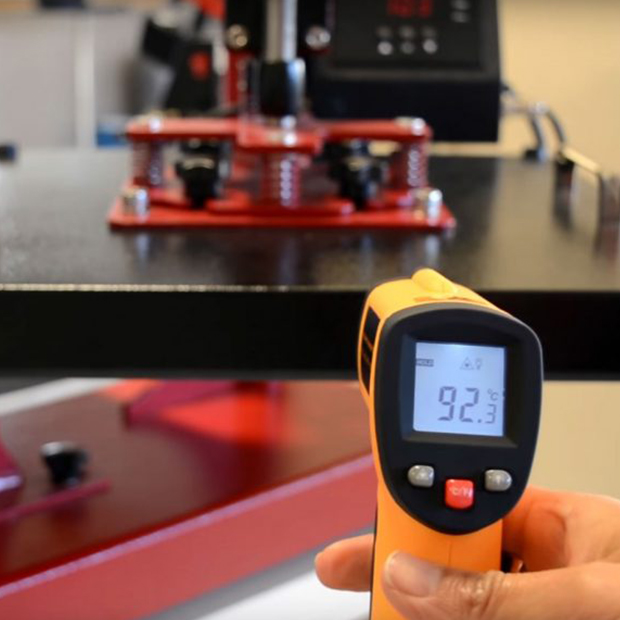
Time
It is the easiest variable to verify. Use an external stopwatch to ensure that the internal timer matches the actual heat exposure time.
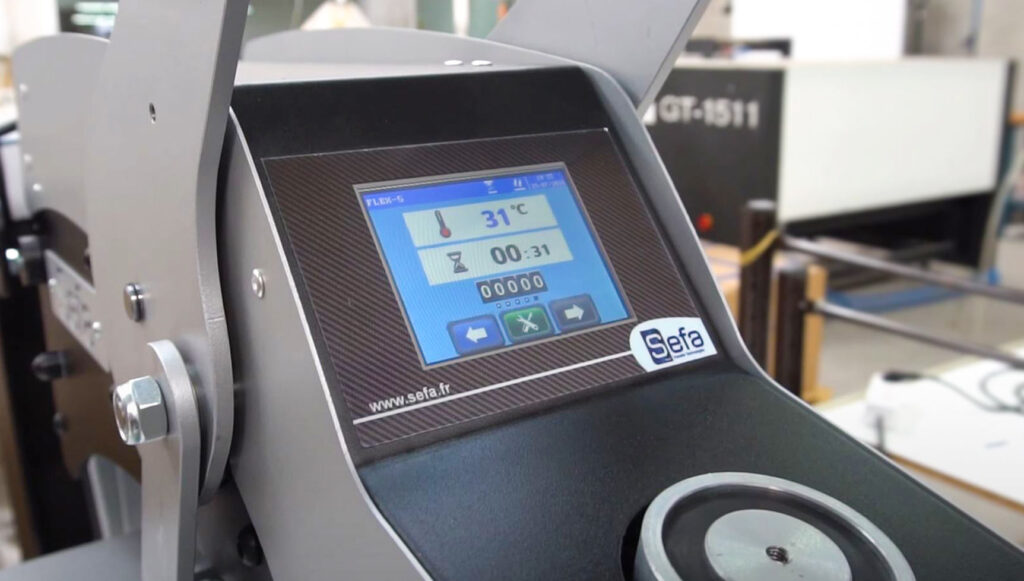
Regular maintenance of the transfer press
Here is a practical preventive maintenance guide, applicable to any heat press (t-shirts, mugs, caps, plates…).
Cleaning of the top plate
- Turn off and unplug the iron. Wait for it to cool down.
- Clean the plate with a soft cloth dampened with alcohol or a non-aggressive degreaser.
- Always test in a corner before applying it to the entire surface.
- Never use scouring pads or rough objects.
✅ Use protective paper between the garment and the plate to prevent ink or adhesive stains.
When ironing garments with hard or thick elements, such as zippers or buttons:
- Use a smaller base plate, or
- Position the piece so that the zipper is outside the pressure area.
This prevents damage to the lower pad or the Teflon on the upper plate.
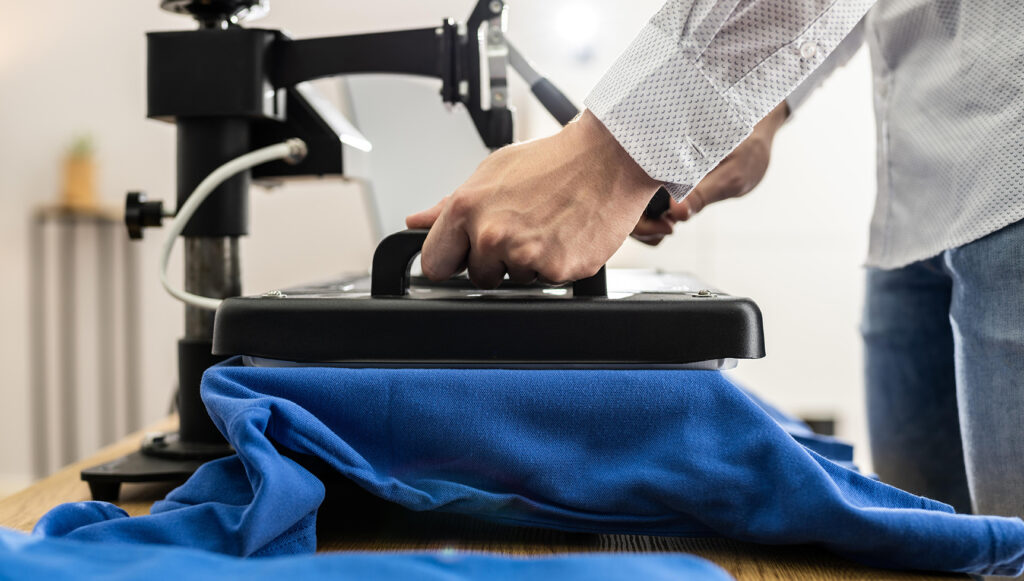
Always work from the centre.
Always place the garment or object in the centre of the base. This is the point with the most uniform pressure.
⚠️ If you repeatedly iron in the corners, you could wear out the guide rails and misalign the top plate.
Lubricate the joints
Lubricate the moving parts of the iron once a month (or more frequently if used intensively). Use a light grease and wipe off any excess before ironing to prevent stains.
❓Frequently Asked Questions
How often should maintenance be performed on a transfer press?
It depends on the usage. If you work daily, it is recommended to clean the plate every week and lubricate the joints at least once a month.
How to know if the pressure of my iron is correct?
Perform the paper test: place a sheet at each corner of the base, close the press, and try to remove them. If any move easily, the pressure is uneven.
How to clean the upper plate of a transfer press?
Turn it off, let it cool, and clean with a soft cloth and alcohol. Never use scouring pads or abrasive products. Use protective paper to prevent future stains.
What happens if I don't centre the garment properly on the press?
Repeated use of the corners can wear down the pressure system and misalign the top plate, causing a loss of uniform pressure.
Why is it recommended to use protective paper?
It prevents ink, vinyl, or adhesive residues from staining the top plate and prolongs its good condition. It also prevents accidental transfers between jobs.
The maintenance of a transfer press is straightforward if it becomes a habit. Clean, align, lubricate, and inspect, and your press will reward you with years of faultless operation. If you have another tip or maintenance routine that works well for you, please leave it in the comments. We would love to share it with other professionals.
If you have any questions... Share them with us in the comments. Our team will be delighted to provide you with answers and assistance. You can also contact our Customer Service Department directly for additional help.
Remember that on our social media we publish a large number of ideas, offers, and the latest news related to various personalisation techniques daily. To stay updated on everything, follow us on Instagram and TikTok. And don't forget to subscribe to our YouTube channel to continue learning with us!
WE WANT TO KNOW WHAT YOU THINK
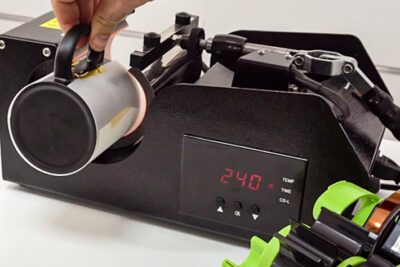
You may also like